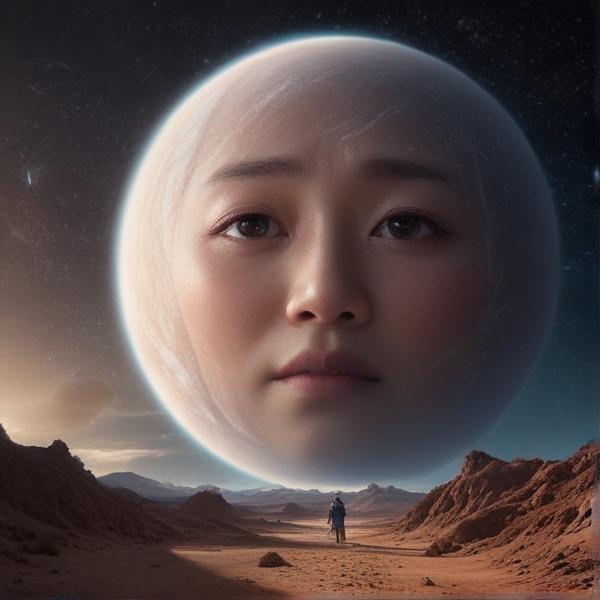基本信息 (Basic Information)
含义与用法 (Meanings & Usage)
中文核心释义 (Core Chinese Meaning): 天上夜间发光的天体,常指星星;引申为明星、星级等。
英文核心释义 (Core English Meaning): star (celestial body visible at night), also refers to a celebrity or a rating star.
象形意义 / 为何这么写 (Pictographic Meaning / Writing Rationale)
文言文释义 (Classical Chinese Meaning)
与现代意义相近,主要指天上的星辰,也可引申为重要或杰出的人物。Similar to modern meaning, mainly refers to stars in the sky, occasionally extended to important or outstanding individuals.
深入学习 (In-depth Study)
字源故事 (Origin Story)
字形演变 (Character Evolution)
常用词语和例句 (Common Words & Examples)
星星 (star (the plural - stars - in the sky))
夜晚的天空中有很多星星。
Eng: There are many stars in the night sky.
明星 (celebrity; star (famous person))
她是一位著名的电影明星。
Eng: She is a famous movie star.
五星级 (five-star (usually about hotels or restaurants))
这是一家五星级饭店。
Eng: This is a five-star hotel.
相关成语 (Related Idioms)
众星捧月
Meaning: to be surrounded and admired like stars around the moon (usually refers to someone being the center of attention)
多语言翻译 (核心释义) (Translations (Core Meaning))
- French: étoile
- German: Stern
- Spanish: estrella
- Italian: stella
- Portuguese: estrela
- Russian: звезда
- Arabic: نجم
- Persian: ستاره
- Dutch: ster
- Polish: gwiazda
- Vietnamese: ngôi sao
- Ukrainian: зірка
视频学习资源 (Video Learning Resources)
通过以下链接在热门视频网站搜索 "星" 的更多讲解:
Search for more explanations of "星" on popular video sites:
- 在 Bilibili.com 搜索 "星 字源 说文解字" (Search on Bilibili)
- 在 YouTube.com 搜索 "xing character origin etymology" (Search on YouTube)
网络参考 (Web References for "星") ()
网络搜索信息待获取。Web search information pending.
更多图片 (星 More Images) ()
